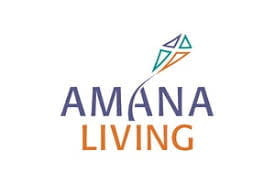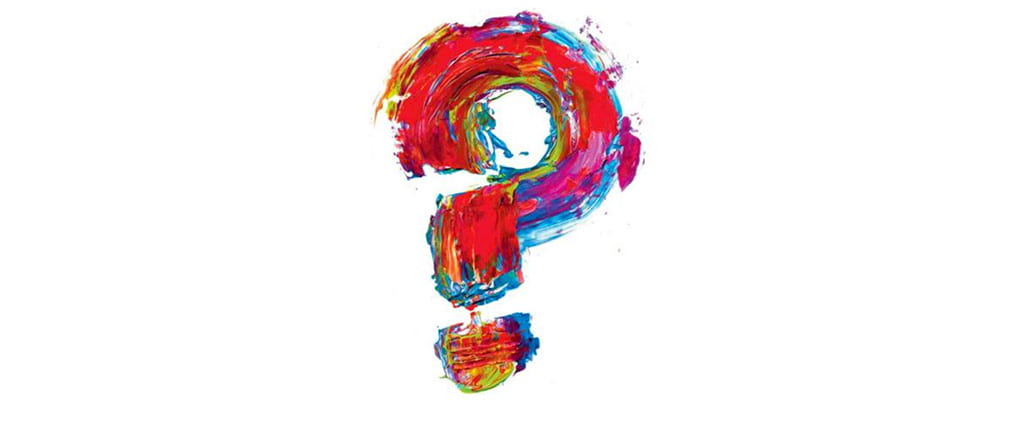
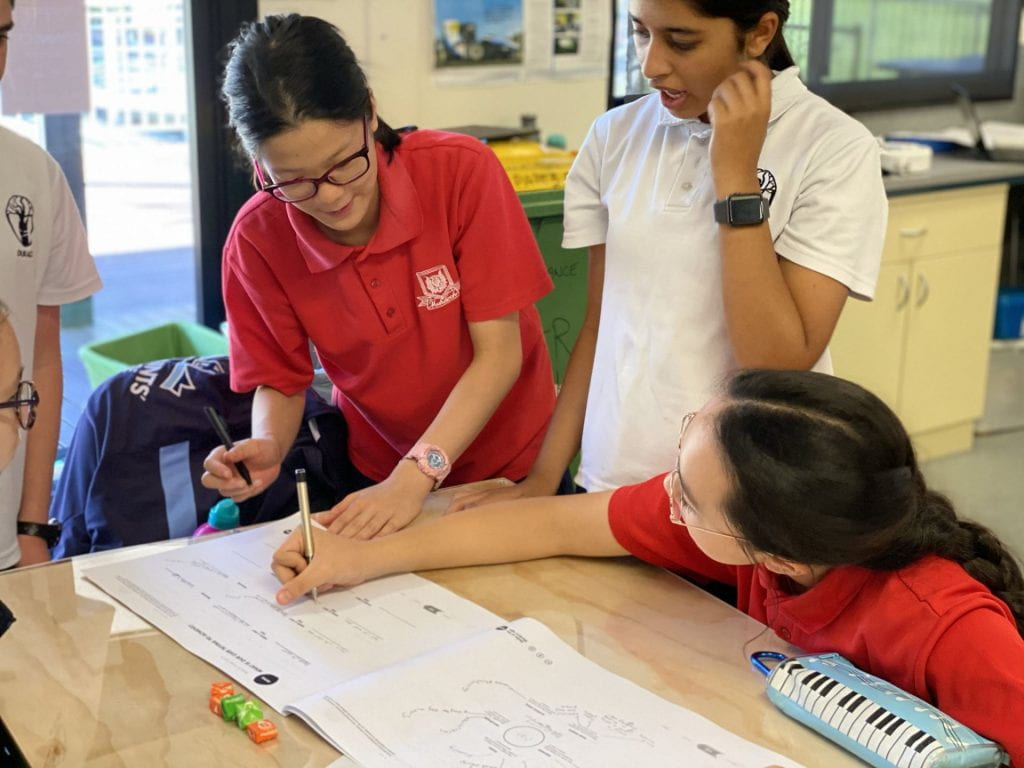
$20Boss is an innovation and entrepreneurship program that was one of the Semester One options for InnovatED. I chose to do $20Boss as it seemed similar to the Christmas Market from year seven where we were also tasked with creating a business that sold a good or service. It started with a revisitation to the familiar Design Thinking Framework which included brainstorming words associated with Design Thinking and doing a Design Sprint with the assistance of other group members and a year nine student from the Leadership and Innovation elective. I and my group members earned a Design Sprint Certificate as seen HERE.
We were also introduced to the concept of a “scrum”, a physical to-do list following the To Do In Progress Done framework. We were also required to write a pitch with our chosen group and potential product, in order to gain a loan so that we might acquire $20 each to produce our product and sell it at the Runway Market Market, which took place on the 16th of June. My group decided on notebooks, and the idea was approved by our Facilitator after we pitched. Initially, this was because we wanted to customize stationery to make it personal to the user and more appealing for school-aged children to use during lessons; however, it was not just limited to school use, but also in leisure time for journalling etc. As we worked through the process of designing the notebooks, some aspects changed, such as the cover material and the method of binding them. Our final product was a notebook the size of half an A4 page, bound together with thread with a hard black cover, which could then be customised with a patterned paper of choice and, if desired, a word/ name written with a chosen font on the front.
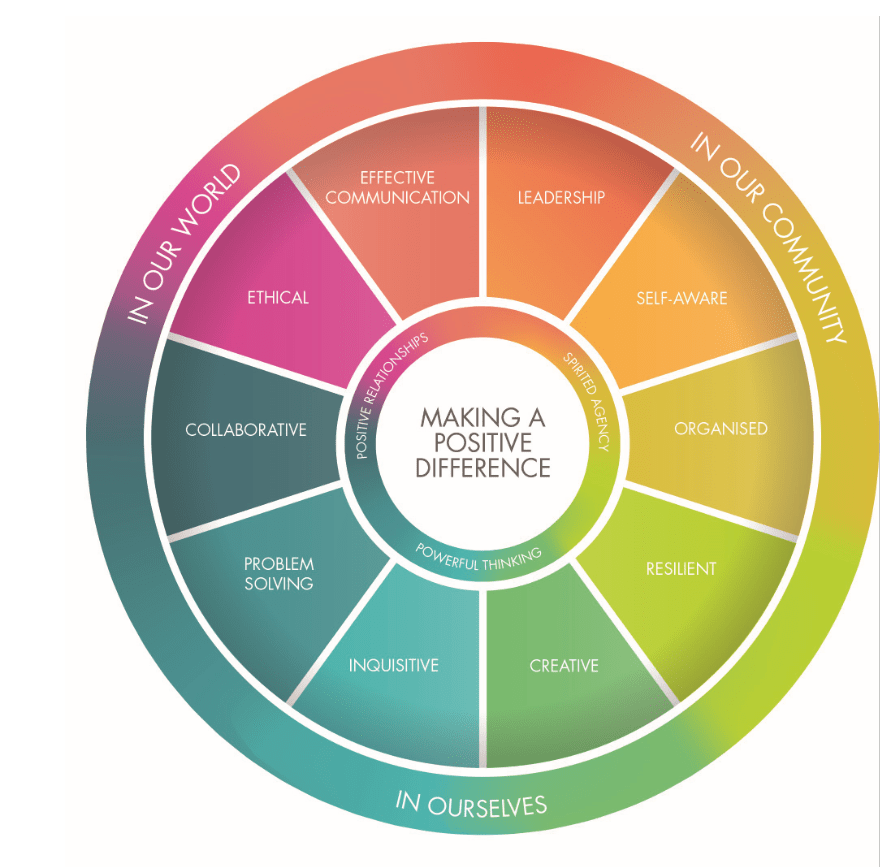
ASC Capabilities
Throughout the process of the project, the ASC Capabilities were certainly all utilized, though in varying degrees for each group member.
Effective Communication
Effective communication is the method of human interaction where one does not merely exchange information, but develop meaning through symbols and emotions.
Following our Design Sprint, we had to form the groups that we would be with for the rest of the process. In my humble opinion, therein could have lay our potential pitfall. In retrospect, this could have been not entirely beneficial to our group because it could have made the group too large for comfortable discussion and effective decision making. However, despite our unnaturally large-sized group, I think that I generally exercised effective communication skills as we were able to discuss decisions and ideas in a civil manner, despite the fact that there was four of us. We first divided up the labour, assigning various tasks to each member so each human could meaningfully contribute. We were able to understand each other’s individual perspectives by speaking in turn, although this proved quite challenging due to our group size and the fact that there were four creative humans. To counter this, we also occasionally split the group into pairs to allow for further discussion within a more intimate setting. This was so each human’s ideas were heard and could be easily relayed back to the whole group. Out of hours, we utilized Microsoft Teams which proved to be advantageous as we could easily interact when the person(s) were needed.
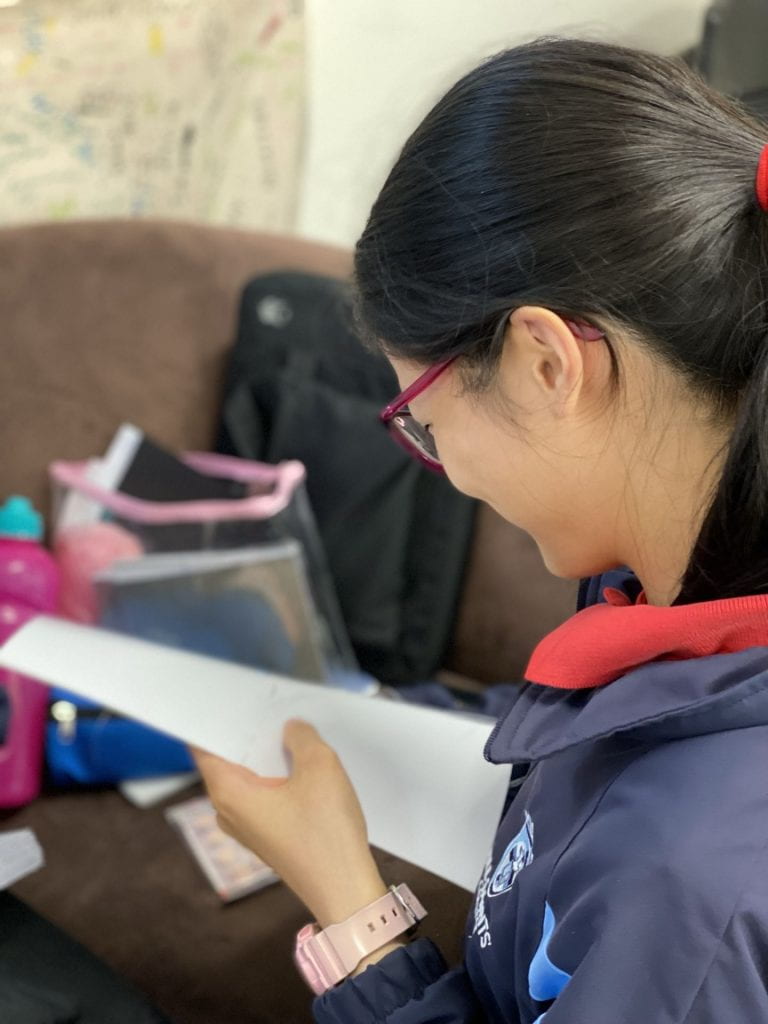
Problem Solving
The process of uncovering and piecing together a relevant solution to an underlying, often complex problem.
As mentioned above, we had decided to produce notebooks. However, after research and examination of traditional bookbinding methods, we realized that they were complicated, requiring many materials and time-consuming. I used creativity to develop the method for producing our product with a fellow group member who understood sewing techniques and we also had to use problem-solving to figure out how to most effectively produce it. This included the binding of the individual leaves (of paper) and the attaching of the covers. This involved resilience when some of our concepts and strategies were not entirely suitable — finding a new way to do it. This was part of the “testing” part of the Design Process. This also required organization as there were only 2 of us that were proficient with the needle, and we had to be self-aware ( — knowing when we had enough/too little to do) to make sure that we were dividing the labour equally between the whole group — so that we all contributed to the overall work ethic and productivity.
Organization
The arrangement and systematic planning of a process, or part of, to most efficiently and effectively complete it.
Throughout the project, the organization of the group was of utmost importance for ensuring deadlines are met. Our group utilized this. We consistently ensured that each member was on the same line of communication so they knew what to do to balance the workload. This process was assisted by our scrum which was updated frequently. I would say that it would have been even better if we more rigidly plan our InnovatED time with very clearly defined tasks.
The stage of the design process that I think we did the best at was the prototype stage, as we produced a product with good quality to be our test. I would say that there is room for improvement for the Empathise stage as we needed a better understanding of what people wanted for the design of the notebooks– by being more thorough on this stage, we could have learnt more about what people would want, and we would have created notebooks to be immediately bought instead of focusing on the customisation of the notebooks as pre-orders were not as successful as we had anticipated.
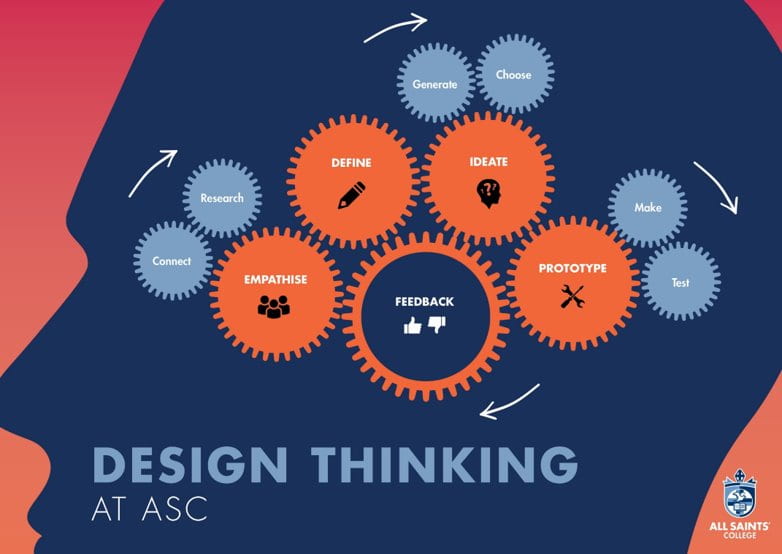
In conclusion, the $20 boss project was good for further improving Capabilities and working on the Design process, as it was utilized through our Semester One, and it helped significantly with the production of the product. $20Boss was extremely enjoyable, informative that challenged us in many ways. While our group did not produce the most profit; we produced enough revenue to cover costs, plus surplus, this experience has offered me valuable learning points that I can use to further improve myself.
Feedback
Thank you so much for the lovely notebook, I really like it and think you guys have done a really good job.
Anonymous
Nicely presented. Well done.
Anonymous
Beautiful! Great ideas, nice colour tone.
Anonymous

